
Architectural Design and the Indoor Mircrobiome
The built environment is its own ecosystem, and architectural features in the indoor environment can change those ecosystems and the organisms living there. Bathrooms and kitchens can act as sources of water or natural resources, the availability of which affects microbial survival, and the spatial design of the building and flow of air and occupants […]
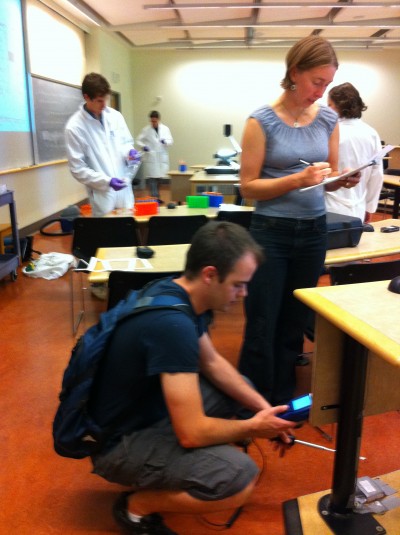
Bacteria on Classroom Surfaces Vary With Human Contact
The microorganisms inside the built environment often come from the occupants inside- mostly humans, pets, and plants. How we shape and operate the spaces in that built environment, and how we use the materials within that space, can affect the community of microorganisms living in a particular area, as well. By taking swab samples […]
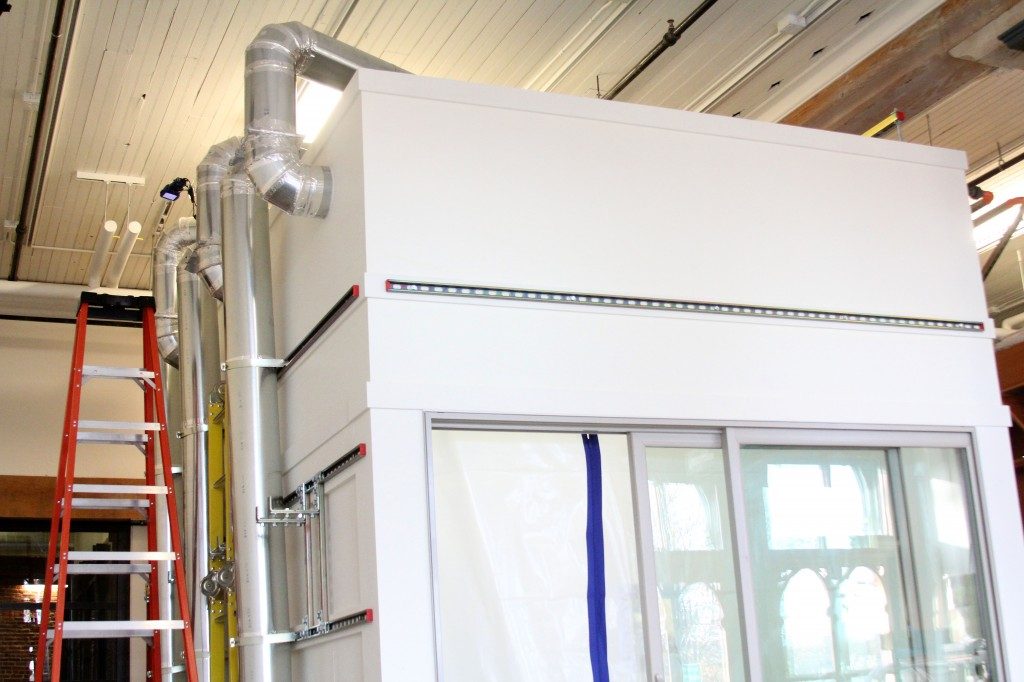
The Climate Chamber
Where others see a walk-in pickle refrigerator, we see an opportunity to create a unique experimental tool- our Climate Chamber. In 2010, Energy Studies and Buildings Laboratory‘s Jason Stenson discovered the old freezer in a barn, and after four years of ideas, renovation, and maneuvering, it debuted for research in the University of Oregon’s White […]

The Interplay of Light and Comfort
Light has a huge impact on our lives; from our health, to our visual comfort and satisfaction with our local environment, to the way in which we behave indoors and operate our buildings. The way we use, or don’t use, light in the built environment can vary dramatically, yet very often lighting design strategies […]

The Lightbox
How do you simulate the effect of daylight on indoor house dust in a controlled laboratory setting? By building homes for the dust, of course. In a recent pilot project, we created “lightboxes” to look at the effect of natural light on bacterial communities in dust, separate from the microbial influences of human occupants or […]
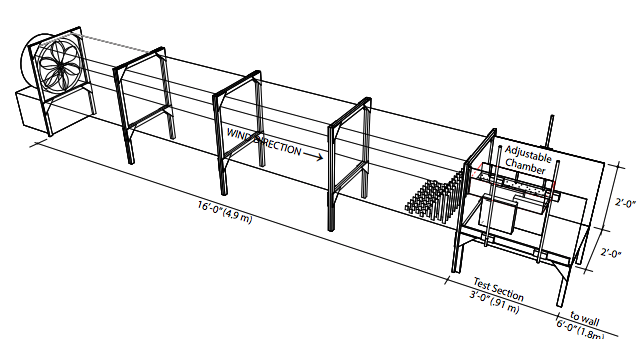
The Wind Tunnel
Wind tunnels are commonly used model the interaction between objects and local air currents during the design phase, and we use them to improve the design of building structures to reduce building stress, remove “dead spots”, and otherwise improve the flow of air around or into buildings. High definition cameras allow us to visualize […]

Ventilation Source Affects the Indoor Air Microbiome
The two main sources of microorganisms indoors are the macroscopic occupants; people, pets, plants, and pests, and the environment outdoors, in particular – outdoor air. When buildings are operated in a “closed mode”, they may utilize mechanical ventilation, recirculated air, and/or closed or inoperable windows. If human occupants are present, operating a building in […]
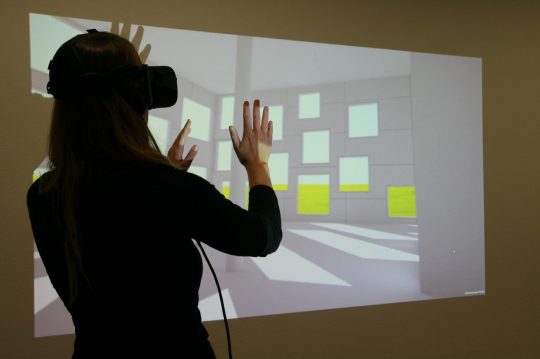
Virtual Reality
Virtual Reality is a powerful tool for investigating a person’s perception, comfort, and feelings towards a space or environment – allowing for empirical data to be collected while products and buildings are still in the design phase. In addition to rendering new computer-assisted designs, existing spaces can be photographed at high resolution to create […]
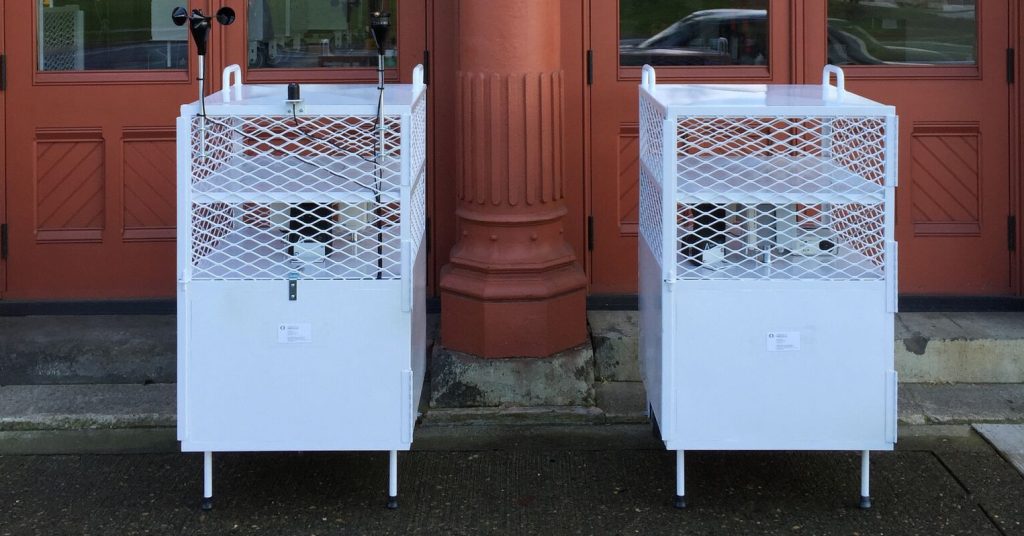
Weatherization
Weatherization of a building is implemented in a variety of ways, but focuses on tightens the building envelope such that less air and heat are able to transfer between the inside and outside. A leaky building can feel uncomfortable, and the effort to maintain a stable indoor climate can drive up energy costs. By improving […]

Your Personal Microbial Cloud
Humans harbor diverse microbial communities in and on our bodies, and these can be readily detected in the built environment. Human-associated bacteria disperse into and throughout buildings by three primary mechanisms: (1) direct human contact with indoor surfaces; (2) bioaerosol particle emission from our breath, clothes, skin and hair; and (3) resuspension of indoor […]
